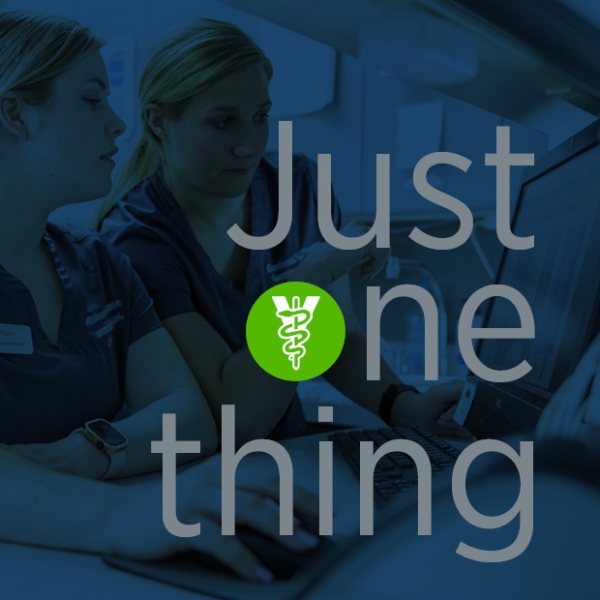COVID-19 loans are supporting veterinary teams and patients
The AVMA advocates on Capitol Hill to protect and promote the veterinary profession and ensure the viability of veterinary businesses, associates, and teams. AVMA was instrumental in shaping and improving the Paycheck Protection Program, and we regularly update information about the laws and regulations enacted to assist veterinary small business owners, veterinarians, and veterinary students during the COVID-19 pandemic.
 Stimulus loans provided through the federal Paycheck Protection Program (PPP) have played a key role in supporting veterinary care and keeping veterinary practices open during the COVID-19 pandemic, data released this week by the federal government show.
Stimulus loans provided through the federal Paycheck Protection Program (PPP) have played a key role in supporting veterinary care and keeping veterinary practices open during the COVID-19 pandemic, data released this week by the federal government show.
More than half of all U.S. veterinary practices have borrowed money through the forgivable loan program, according to an AVMA analysis of the data from the U.S. Small Business Administration (SBA).
Today's chart takes a deep dive into what the SBA data show about how the PPP loans are supporting veterinary practices and jobs, and helping keep practices open to provide critical healthcare services to patients.
At a glance: Veterinary use of PPP
The data released by SBA showed the allocation of PPP funds as of July 6. Here are some of the key findings that emerged when AVMA analysts examined the numbers:
- At least 18,657 veterinary practices – approximately 56% of practices nationwide – have used PPP loans as part of their strategies to maintain cash flow and keep their doors open during the pandemic.
- PPP loans have helped keep more than 200,000 veterinary team members working and caring for patients.
- The PPP funds have been distributed among veterinary practices in all 50 states, plus the District of Columbia, Guam, Puerto Rico, and the Virgin Islands.
- Loans to veterinary practices total about $2.1 billion to date. Although the SBA data isn’t detailed enough to calculate the exact total, AVMA’s economists estimated the total based on the range of SBA data indicating the loans total at least $1.6 billion and possibly as much as $2.6 billion.
- Over 80% of loans taken by the veterinary profession were under $150,000.
PPP: What’s next for loan forgiveness?
If you’re among the veterinarians taking a PPP loan, our advice – given that payments are currently deferred – is that you consider waiting to apply for loan forgiveness until after the next round of COVID legislation and following SBA guidance.
Congress is expected to pass more legislation affecting PPP before its August recess, and this could include retroactive changes to the program. The AVMA is advocating to ensure favorable tax treatment of PPP loan proceeds, and for a streamlined forgiveness process for loans below $150,000, which would include the vast majority of veterinary PPP loans.
Can you still borrow through PPP?
Yes. PPP loan funding remains available, and veterinary practices can continue to apply for these loans through August 8. The loans offer forgiveness as long as certain conditions are met by the borrower.
Where can you find more information about PPP?
Detailed information about the program is available at avma.org/PPP.



Comments
Add New Comment